Ever stumble upon an old photograph and feel an instant spark—like the person in the frame has secrets you want to uncover? That’s the magic Susan Strasberg carried with her. With her delicate beauty and magnetic gaze, she captivated audiences from Broadway to Hollywood. But her life was far more than the image of a bright ingénue; it was a story of resilience, complexity, and a quiet rebellion that still inspires. Let’s dive into the remarkable journey of the woman who became both a symbol of courage and a voice of unshakable spirit.
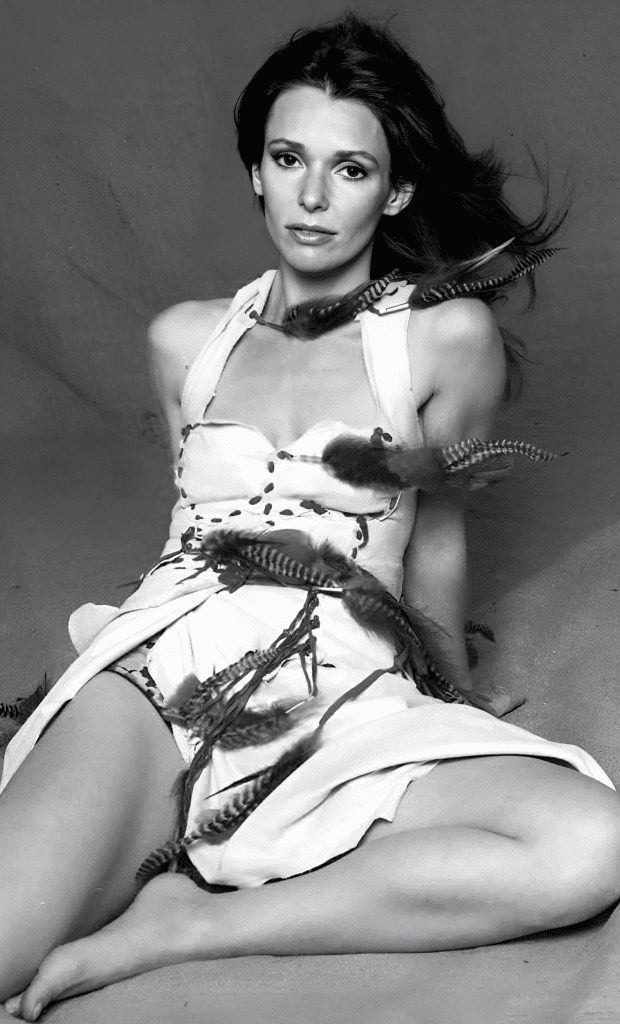
Early Life: Born Into the Theater’s Inner Circle
Susan Elizabeth Strasberg entered the world on May 22, 1938, in New York City, practically cradled in the arms of show business. Her father, Lee Strasberg, was the revolutionary teacher behind Method acting, guiding legends like Marlon Brando and James Dean. Her mother, Paula, was a talented actress and drama coach in her own right. Growing up alongside her brother John in a household steeped in artistry, Susan absorbed creativity like a second language.
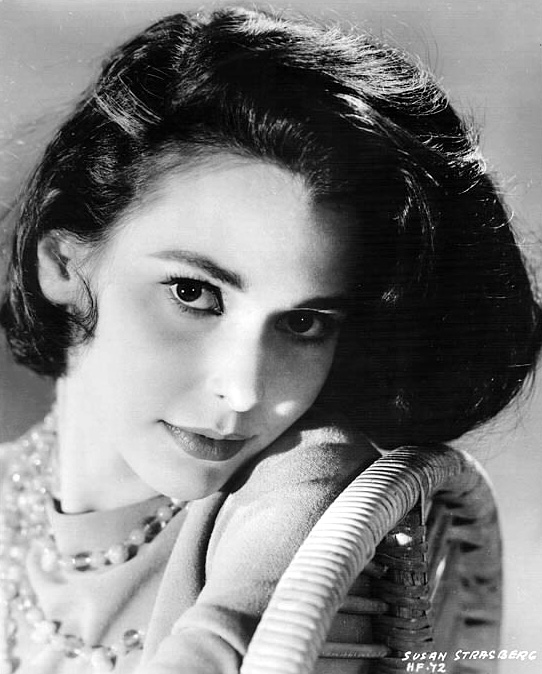
But life in a family of theatrical giants came with pressure. She had to define herself not just as Lee Strasberg’s daughter but as a performer in her own right. Susan attended the Professional Children’s School and the High School of Music & Art, balancing the expectations of her famous parents with her own youthful dreams. By fourteen, she was already performing off-Broadway, displaying a natural poise and intensity that hinted at the star she would become.
Video :13 Sweet Photos of Susan Strasberg
Broadway Triumph: Breathing Life into Anne Frank
Susan’s meteoric rise came in 1955 when she was just seventeen. Cast as the title character in The Diary of Anne Frank, she brought the young Holocaust victim’s words to life with a quiet strength that left audiences spellbound. The production became an instant hit, and Susan’s performance earned her a Tony Award nomination and glowing reviews from critics nationwide.
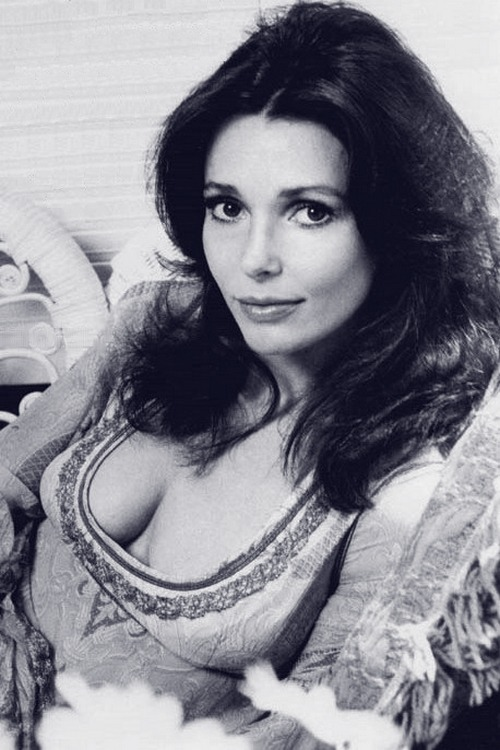
She didn’t just play Anne Frank—she embodied her. Susan’s portrayal captured the balance of youthful innocence and profound bravery, reminding audiences that even in the darkest times, hope can shine. Her name lit up Broadway marquees, her face graced the covers of LIFE and Newsweek, and she became one of the most celebrated young actresses of her generation.
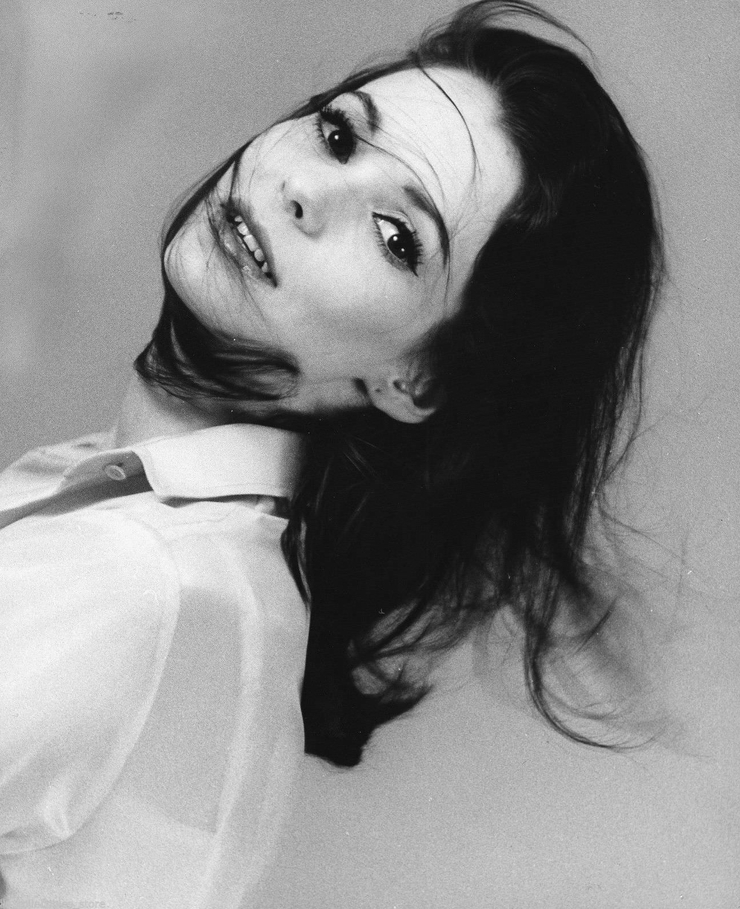
Hollywood Calling: Film Roles and New Horizons
Hollywood soon took notice. Susan made her big-screen debut in 1955’s Picnic, stealing scenes as Millie Owens, the smart and witty younger sister of Kim Novak’s character. Her talent and natural charm made her a standout. She followed with roles in The Cobweb (1955) and Stage Struck (1958), proving her versatility in both dramatic and light-hearted roles.
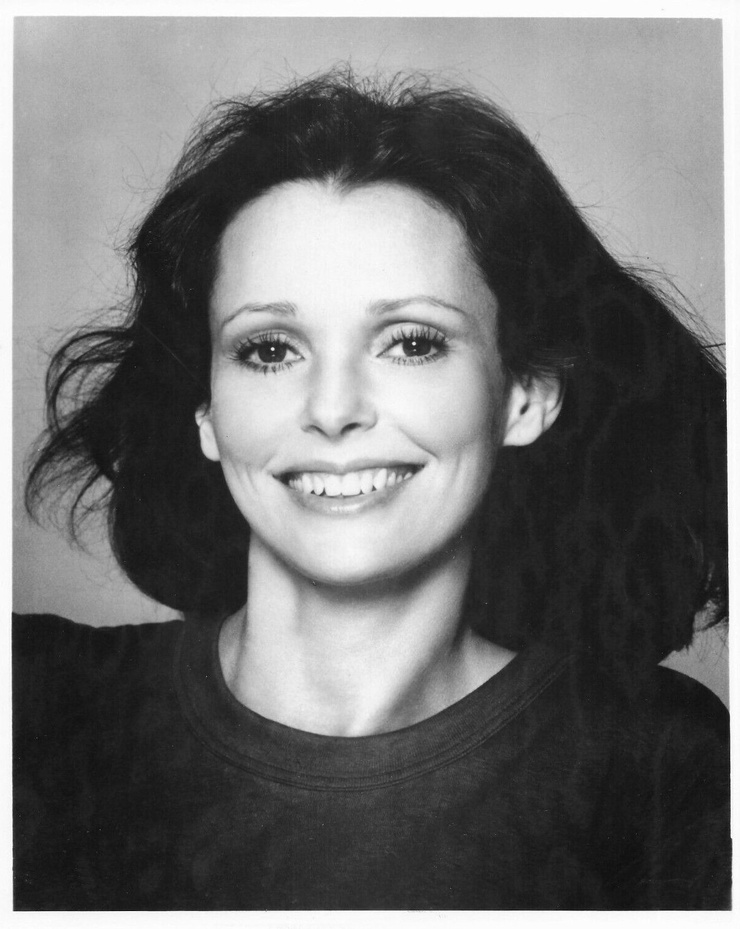
Despite early success, Susan discovered that Hollywood could be both glamorous and unforgiving. Typecasting threatened to box her in as the perpetual ingénue. Still, she forged ahead, taking on challenging roles and showing that she could balance vulnerability with a striking intensity. Her appearances on television, including Goodyear Playhouse and Westinghouse Desilu Playhouse, kept her name alive even as the studio system shifted.
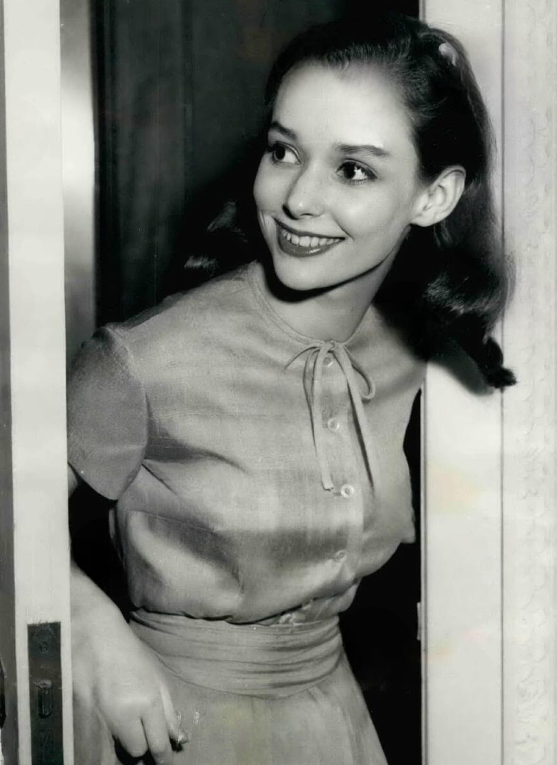
Adapting Through Decades: Reinvention and Grit
By the 1960s and 1970s, Susan continued to reinvent herself. She embraced roles in films like The Trip (1967) with Peter Fonda, capturing the psychedelic spirit of the era. Television became her creative playground, with guest roles in popular series such as The Big Valley, Burke’s Law, and Run for Your Life. As horror gained popularity in the late ’70s, she showcased her range in cult favorites like The Manitou (1978) and Bloody Birthday (1981).
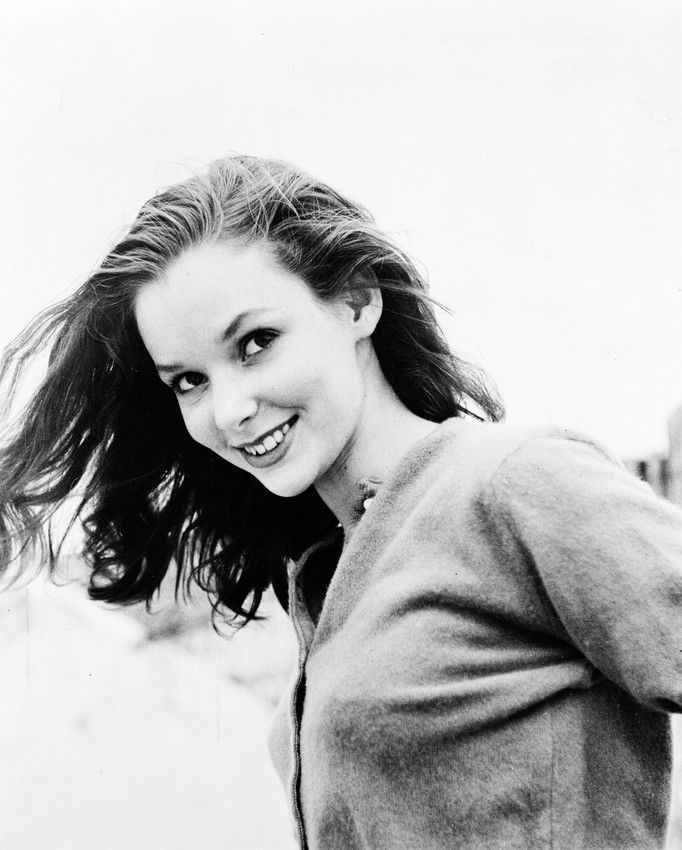
Her later career included stage performances that proved her dedication to the craft—touring productions of Agnes of God and The Shadow of a Gunman brought her back to her theatrical roots. Susan never shied away from exploring new avenues, whether in film, television, or theater. Each role reflected her willingness to evolve and stay true to her passion for storytelling.
Video : Timeless Beauty: Susan Strasberg in Rare Images That Tell a Story!
Personal Life: Love, Friendship, and Inner Battles
Behind the scenes, Susan’s life was as dramatic as her roles. She shared a close bond with Marilyn Monroe, her mother’s famous student, forming a friendship that remained one of her most cherished relationships. She experienced whirlwind romances, including a marriage to actor Christopher Jones in 1965. They welcomed a daughter, Jennifer, in 1966, but the marriage soon unraveled.
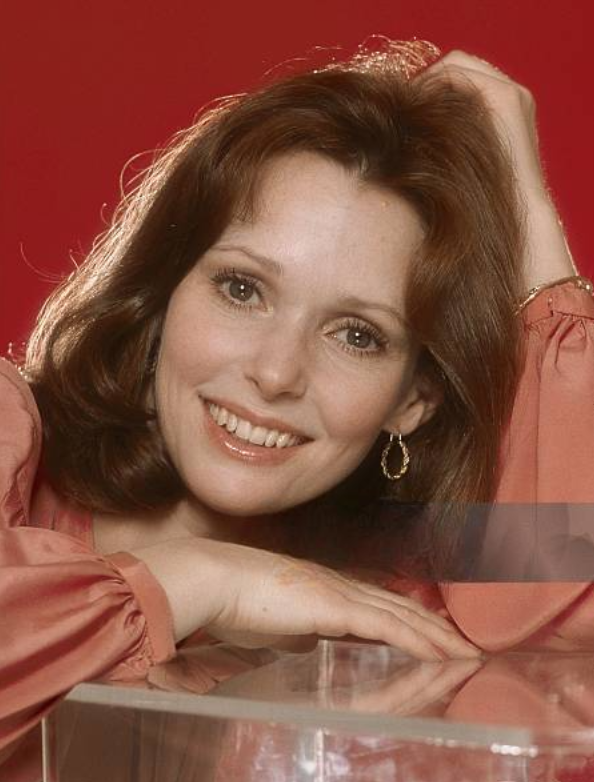
Susan faced her own struggles, from the pressures of fame to personal heartbreak and health challenges within her family. Yet these experiences only deepened her resilience. Her ability to transform personal pain into creative strength made her story even more compelling. She lived with courage, embracing both the triumphs and the turbulence of her journey.
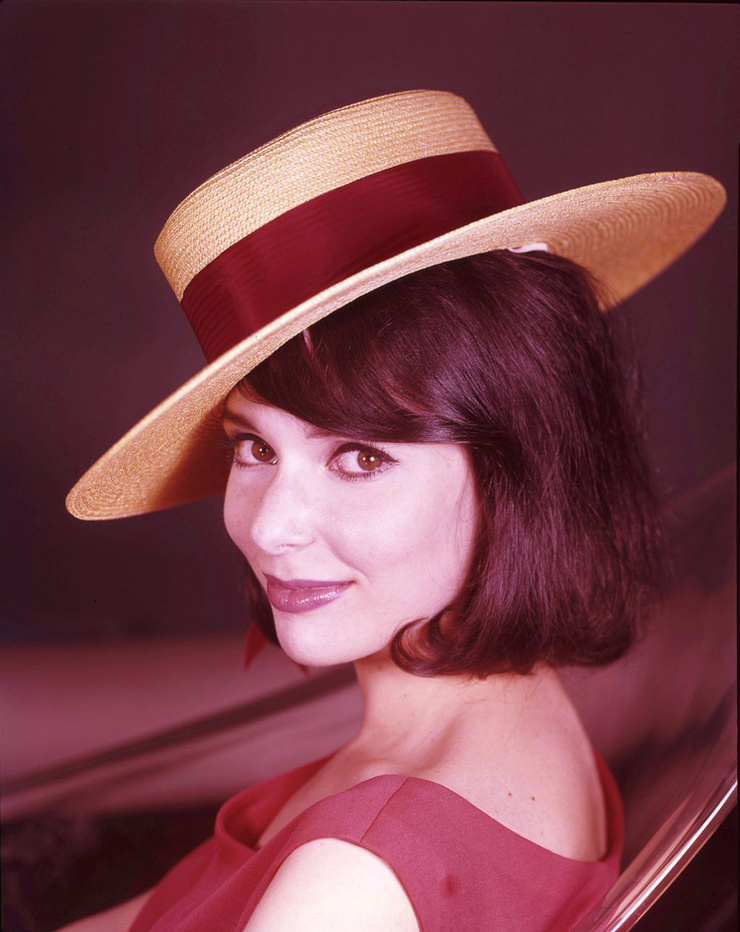
Author and Storyteller: A Voice Beyond the Stage
When acting roles grew scarce, Susan turned to writing as a new form of expression. Her memoir Bittersweet (1980) offered an unflinching look at her life in the shadow of fame and her search for personal identity. Later, she penned Marilyn and Me (1992), a heartfelt tribute to her friendship with Marilyn Monroe, offering intimate insights into the legendary star’s life.
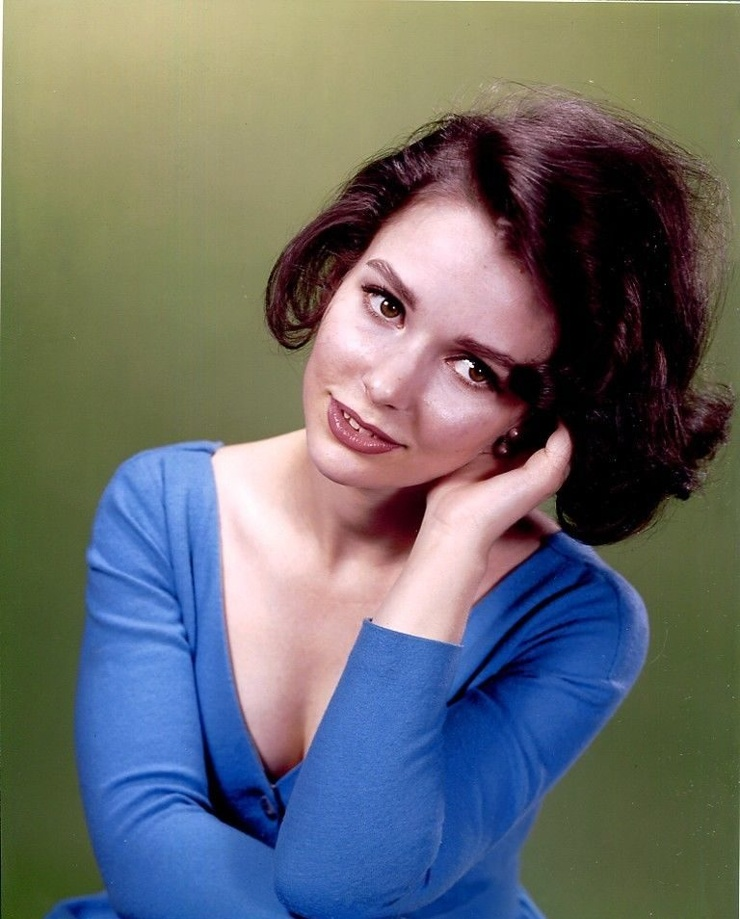
Through her books, Susan shared her truth—unvarnished, heartfelt, and filled with the same authenticity that defined her performances. Her writing revealed the woman behind the actress: thoughtful, introspective, and unafraid to explore both light and darkness.
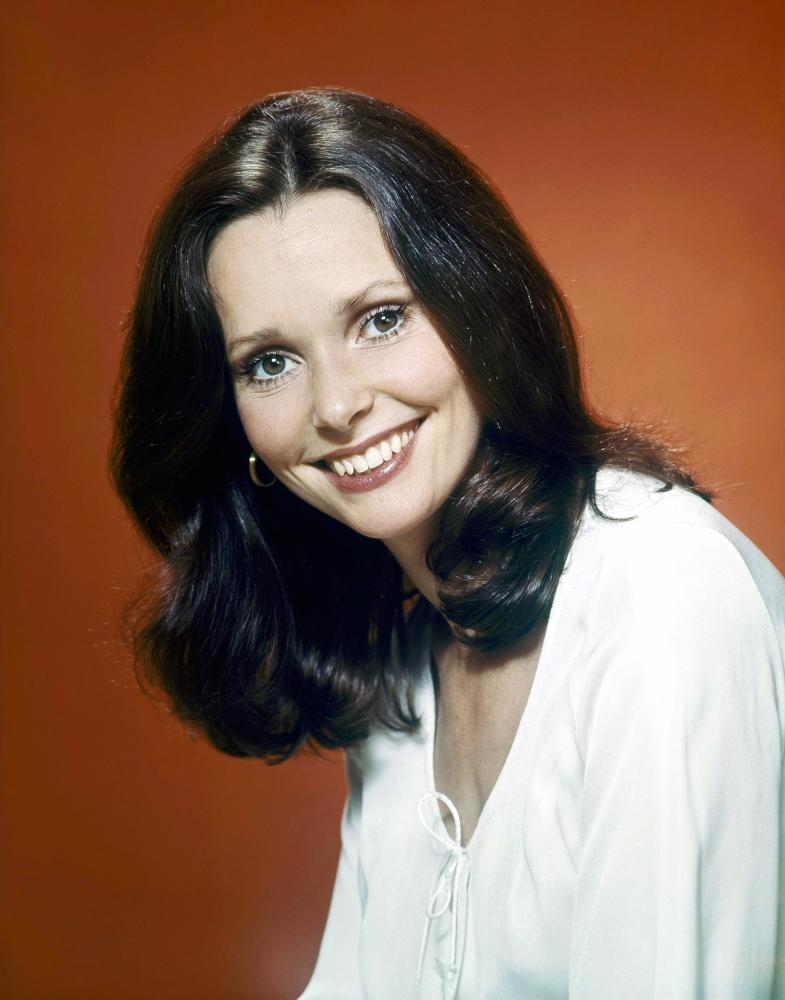
A Legacy That Endures
Susan Strasberg’s life was a blend of brilliance and vulnerability, a testament to the power of art and the resilience of the human spirit. From her unforgettable portrayal of Anne Frank to her later work on stage and screen, she left a mark on audiences and fellow artists alike. Her friendship with icons like Marilyn Monroe, her bold choices in film and theater, and her candid reflections in writing ensure that her legacy continues to inspire.

Though Susan passed away in 1999, her story lives on—as a reminder that true artistry is not measured only in fame, but in the courage to keep creating, to keep evolving, and to keep shining even when the spotlight fades. Her life invites us to look deeper, to celebrate both beauty and strength, and to honor the quiet power of a soul that refused to be forgotten.